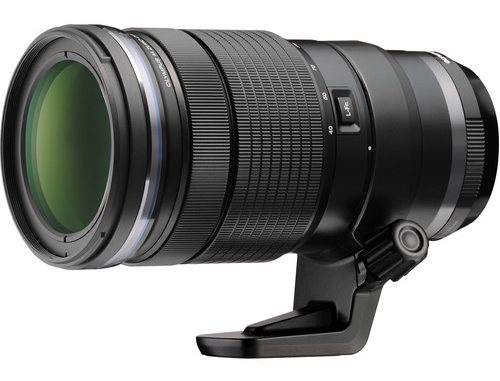
The Olympus 40-150 f/2.8 Lens
by Christian Delbert – His website is HERE.
Hi Steve,
As I’ve learned from you over the years, there is nothing that gets you more excited than testing a new camera or lens (we all like it that way.). Similarly, I just purchased a new lens. The lens is the Olympus 40-150mm f/2.8.
A couple of days after receiving it, my wife said to me “when are you going to go out to test it”? Did she just want to get me out of the house? Anyways, the weather was very cold but I decide to head to a marsh/swamp less than a mile from my house.
Below are the results of a couple hours of shooting.
Overall, it is a fabulous lens. It replaces my Nikon 70-210 f/2.8 and the 300mm f/2.8. On top of that, it is barely bigger than my Nikon 180mm f/2.8. And, it is a decent macro lens as I found out shooting small ice designs! What more could I want!

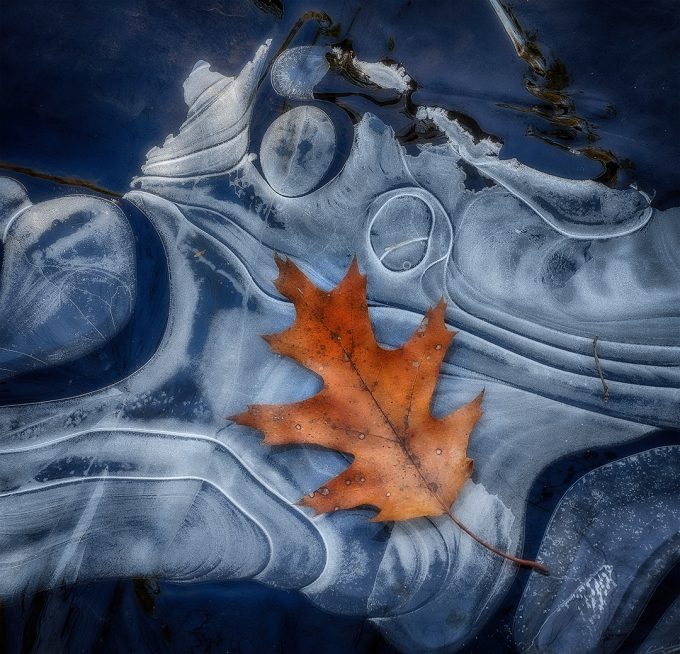
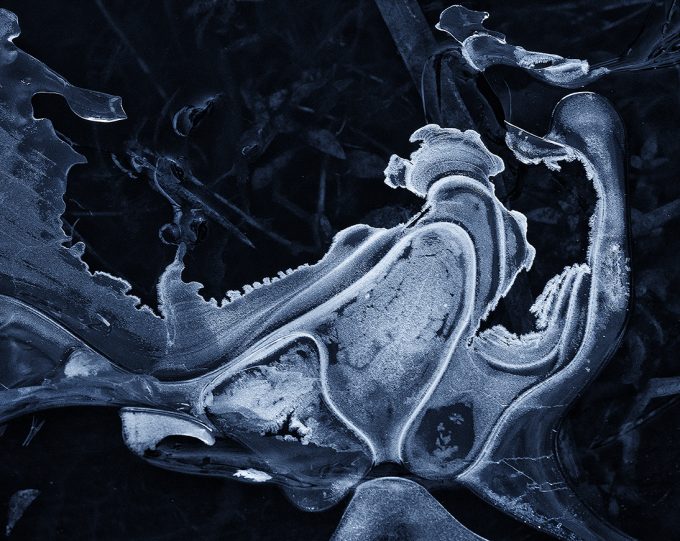






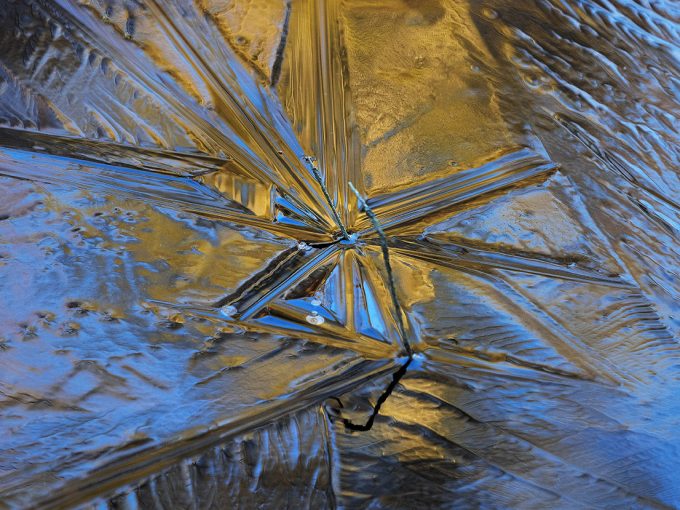

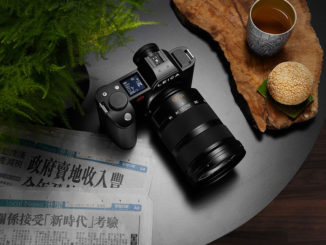

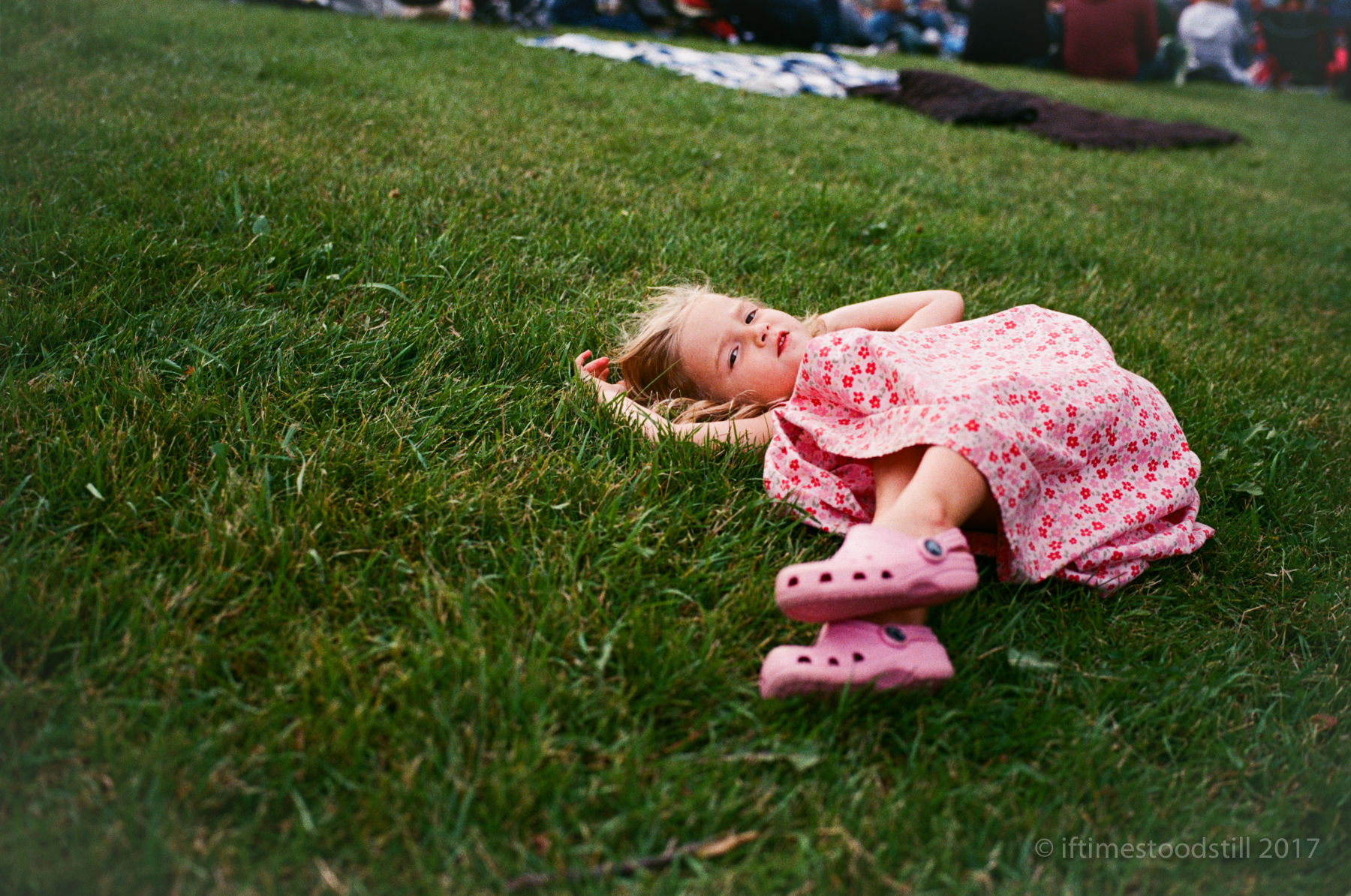
The PRO 40-150/f2.8 and the PRO 12-100/f4 are two lenses which are quit unique (compact, the best weathersealing, versatile and extra image stabilization) and made me buy a Olympus OM-D E-M1 Mark II. Only thing Olympus misses is weathersealed compact primes. The PRO 1.2 lenses are rather big. For outdoor travel I only use the OM-D with 12-100/4 because of its weathersealing. A compact weathersealed 25/f1.8 prime would be a welcome addition. I almost bought an RX10 m4 as a substitute but remembered that the weathersealing on the sony RX10 series sucks. Dont use that one in the rain, it will grow fungus inside the lens. Hopefully Olympus will come up one day with a ultimate M43 travelcamera (equiv. 24-300/f4). I know it will have the best durability, weathersealing and image stabilization in the market. This PRO_40-150/f2.8 reviewed here makes me long for more of the excellent Olympus stuff!
Really wonderful images. I switched from Nikon to OMD about 3 years ago and never looked back. One of the best things I ever did. Some thanks to Steve for his reviews of OMD E-M1
What’s with all the ads now through the articles at least they’re not pop ups
That is why to say M 4/3 is dying just doesn’t make sense. Weight and size remain a huge factor and the pictures with that lens look amazing. Thanks for sharing.
Lovely photos.
For me, the Olympus tele zooms excel when you have a lot of light: e.g. snowy landscapes.
They get more limiting when you run out of light: golden hour fast action like on safari.
Not to be neative but all those focal comparison make little sense. 70-200/2.8 on the same sensor area as Olympus would be 140-400/2.8 and 300/2.8 gives 600/2.8. What do you say to it? Body weight diff is of course another story.
Absolutely love those images, beautifully seen. Also I think the 4×3 format helps with the crops.
Howdy Christian, I’m amazed at how many of us are switching to the 4/3 system instead of purchasing large bulky telephoto lens.
It’s a 80-300 5.6 lens compared to full frame. I have a lens on gh5. And an 85mm 1.8 on full frame sony a7iii. I get better bokeh on the 85mm.
f/5.6 for DOF only. For light gathering it is an f/2.8.
“For light gathering, it is an f/2.8”
… on a sensor that gathers 4x less light (i.e., potato-potaato).
Steve is absolutely correct, the f stop is a ratio of the front glass and focal lens, nothing more, nothing less. You are talking about the signal to noise ratio and with full frame you could theoretically gain 3-4 stops over 4/3. Sensor design including on chip post processing and lens transmission (the only zoom lens that has a transmission close to the actual f stop 2.8 is the new Sony (T 2.9). Nikon and Canon are half a stop off) however may result into a lower yield. But that’s not the point, we all know that 4/3 systems will never be able to challenge a similar advanced full frame system in extreme conditions. At a “normal” ISO range however differences get much, much smaller. I shoot full frame Leica and at high ISO range it can not beat my old D800. But the Nikon is barely touched during the year due to weight constrains, not image quality. All recent cameras deliver good image quality, just some are better.
“on a sensor that gathers 4x less light”
The sensor is one-quarter the size, so it only needs to absorb one-fourth as much of the total light falling on it in any given situation to achieve the same exposure.
This stuff really isn’t complicated.
Gee, just take a FF and m4/3. Set the same shutter, iso and f on both. If there is any difference in exposure then you will discover new law ruling light.
You don’t have an f1.8 lens, you have an f2.8 lens in medium format, and f4 or even bigger in larger formats. In fact your lens is only about f6.3 in 4×5 cameras!
Why limit yourself to the miserable FF only?
perhaps because it is cheap.
Beautiful images, great eye technical mastery
Thank you
Beautiful work, great eye, and technical mastery..
MFT works for me.
Thank you
M43 is fabulous. I own this lens and it is super sharp, small and the 1.4 TC makes it a 420mm FF equivalent with outstanding results. Internal focusing and zooming. Well engineered lens hood. Best suited to OMD bodies.
Hey bgood, you’re generally right with your comparison/grams comment… BUT! ever since I installed a browser, I never needed more than a few clicks to find out the weight of a product (the Olympus weighs 880 grams, roughly half of the 70-200 Nikon).
I love this lens! When I go out shooting and take a small bag w/ two cameras, I almost always take the 50-150 on my EM1-II and a 24-105 on my Sony A9. A great combo for effective 24-300mm coverage with great quality.
The two Nikon lenses weigh 4,450 grammes. The Olympus 40-150 pro weighs 880 grammes. Enouhh said!
I saw these images on your Flickr page and was extremely impressed. You’ve definitely managed to make some captivating photos from nature’s patterns. I have the 40-150 Pro too and i agree that it’s a fantastic piece of kit – as indeed is the rest of the OMD system.
Thanks for the report. I don’t own Nikon lenses for comparison so mentioning the weight in grams would be more useful. Many are mindful of gear weight.
good, I’ll be good to you! I looked it up and here are the results.
Nikon 70-200 f/2.8= $ 2200.
= 3.4 lbs. or 1.5 k
Nikon 300mm f/2.8= $ 5000.
= 6.8 lbs. or 2.8 k
On the other hand, here are the Olympus stats:
Olympus 40-150mm f/2.8= $ 1400.
= 1.9 lbs. or 880g
Price difference is Nikon= $ 7200. for 2 lenses
Olympus= $ 1400. all in one and $ 5800. difference.
Weight= Nikon – 4.3 k or 10.2 lbs.
= Olympus- 880 grams or 1.9 lbs.
Nikon weight is roughly 4 times more. How far to you want to walk?
However, you could compare to the Nikon 70-300/5.6 which is cheap and light.
The Nikon is lacking the pro build (Sony has a better 70-300). Nevertheless, in terms of rendering, subject separation, low light performance the Nikon 70-300 would be similar.
Thanks for the weights. I’m with you all the way. I use an E-M1.2 with PL 100-400 for birding. I don’t want to hike carrying more.
bgood, I’ll be good to you!
The 2 Nikon lenses together weigh 4.2 kilos ( 10.2 lbs.) and cost $ 7200. together.
The single Olympus 40-150mm f/2.8 weighs 880 grams or 1.9 lbs. and costs $ 1400.
Which would you rather carry on a 12 klm trek?
I’m with you all the way. I use an E-M1.2 with PL 100-400 for birding. I don’t want to hike carrying more.